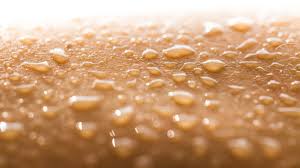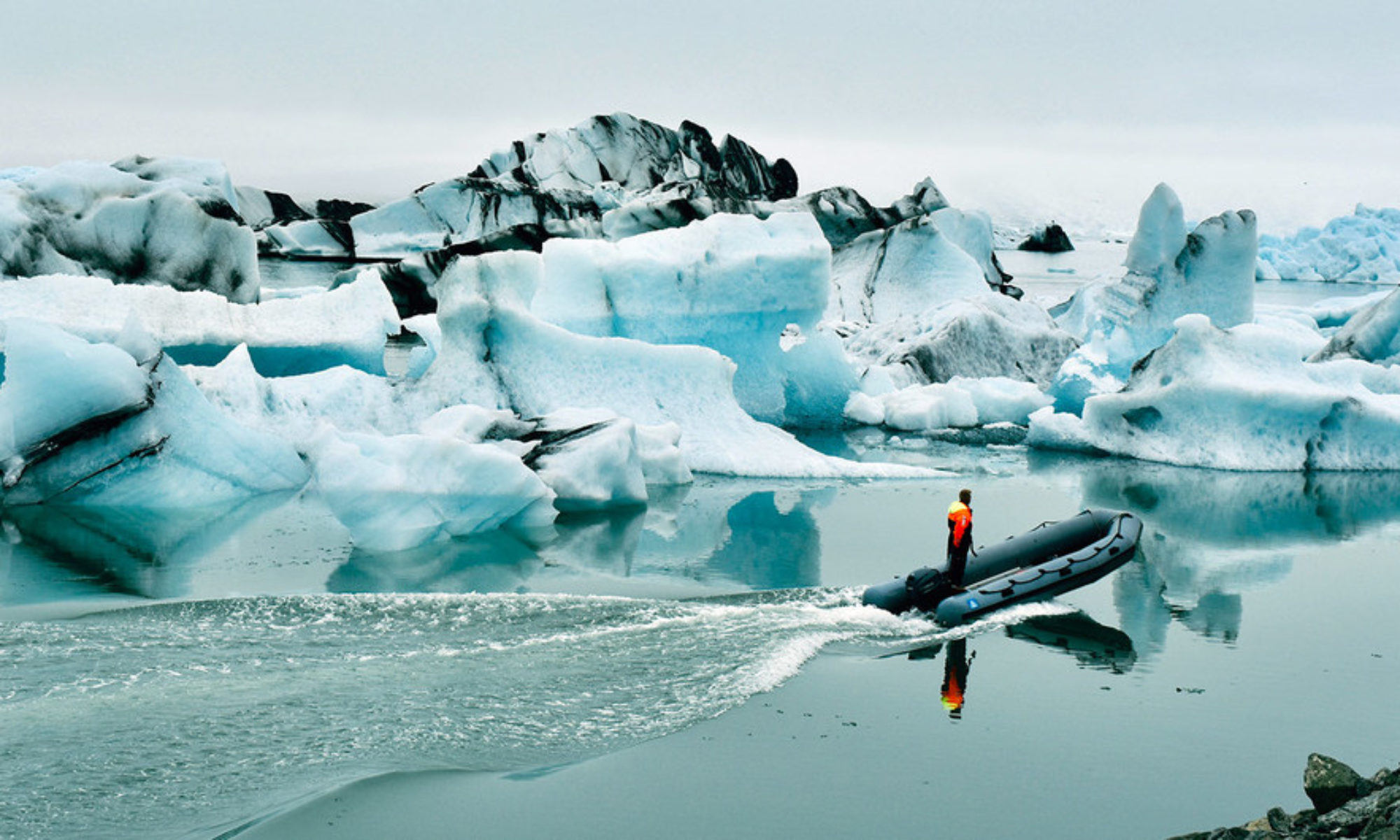Summary: This section breaks down ways the human body survives extreme heat. Hot winds that shrivel the skin and dehydrate one’s cells exacerbate already stifling conditions. What’s more, sand and dust blown by aggressive winds suffocate the body and ultraviolet radiation slowly destroys human skin. Yet despite these dangers, humans survive and live in these ridiculous conditions, giving the rest of humanity a breathtaking glimpse of successful behavioral and physiological adaptations.
Feeling the Heat
Human body temperature is not static but ranges, with core temperature in the chest area and blood flow delegating which body parts stay warmest. 
While temperature fluctuates diurnally, different conditions change the temperature, like a cold room or an intense work out. The hypothalamus, a region in the brain, regulates body temperature ensuring to achieve equilibrium. Hot and cold skin sensors help the body react quickly to external temperature changes. Sensitive to the protein capsaicin, these receptors send pain signals to force a change.
Chilling Out
In the heat, humans and other animals seek inactivity, shade, and high-water content foods. Fur and loose clothing insulate the body, keeping heat at bay and providing air circulation. Humans have built dwellings underground, collected cool breezes with wind catchers, and implemented certain design and materials like clay to cool the home.
Sweating it Out
Rising body temperatures dilate superficial blood vessels and transport blood to the surface, increasing heat loss and flushing the skin.  Radiation, conduction, convection, and evaporation of sweat lead to heat loss. Sweating cools, and chilled blood circulates to reduce the core temperature. At the expense of water loss, adrenaline helps to stimulate sweat. Wind convection also sloughs off body heat and helps the body cool. High humidity, though, poses a threat since sweat drips, causing water loss and not cooling the skin effectively.
Radiation, conduction, convection, and evaporation of sweat lead to heat loss. Sweating cools, and chilled blood circulates to reduce the core temperature. At the expense of water loss, adrenaline helps to stimulate sweat. Wind convection also sloughs off body heat and helps the body cool. High humidity, though, poses a threat since sweat drips, causing water loss and not cooling the skin effectively.
The Importance of Size and Shape:
While larger bodies lose heat less rapidly and may succumb to overheating, small bodies fall prey to losing heat too fast. As such, natural selection has molded the human body optimally to fit climate. While short and stocky bodies dominate in colder climates long and slender bodies adapt well to the hot and dry environments.
Heat Stroke and Fever
Heatstroke risk correlates to evaporative cooling failure, insufficient hydration and nutrition, and impaired sweating. Heatstroke causes flushed face, hot dry skin, headache, dizziness, loss of energy, and increased irritability. The chemical transmitter prostaglandins reset the internal thermostat to a few degrees higher in response to bacteria to fight infection.
Life Without Water
Dehydration stimulates hormone secretion to conserve water by reducing its concentration in urine and by making the body thirsty. Dehydration makes the blood more viscous, circulating more slowly and harder to pump, incurring more heat from energy usage. Cells shrink, which damages the cell membrane and depletes vital proteins. Sweat contains high amounts of salt, and too much sweating causes painful cramps.

